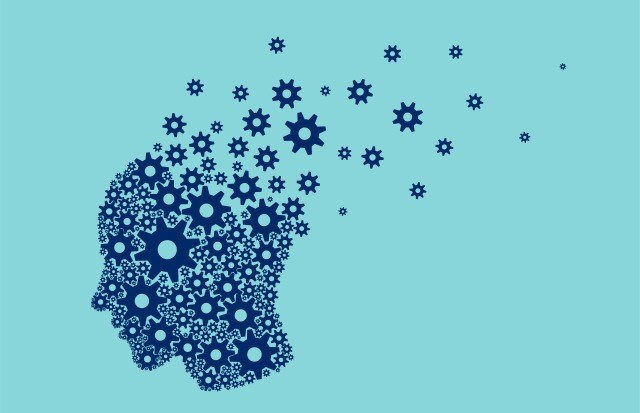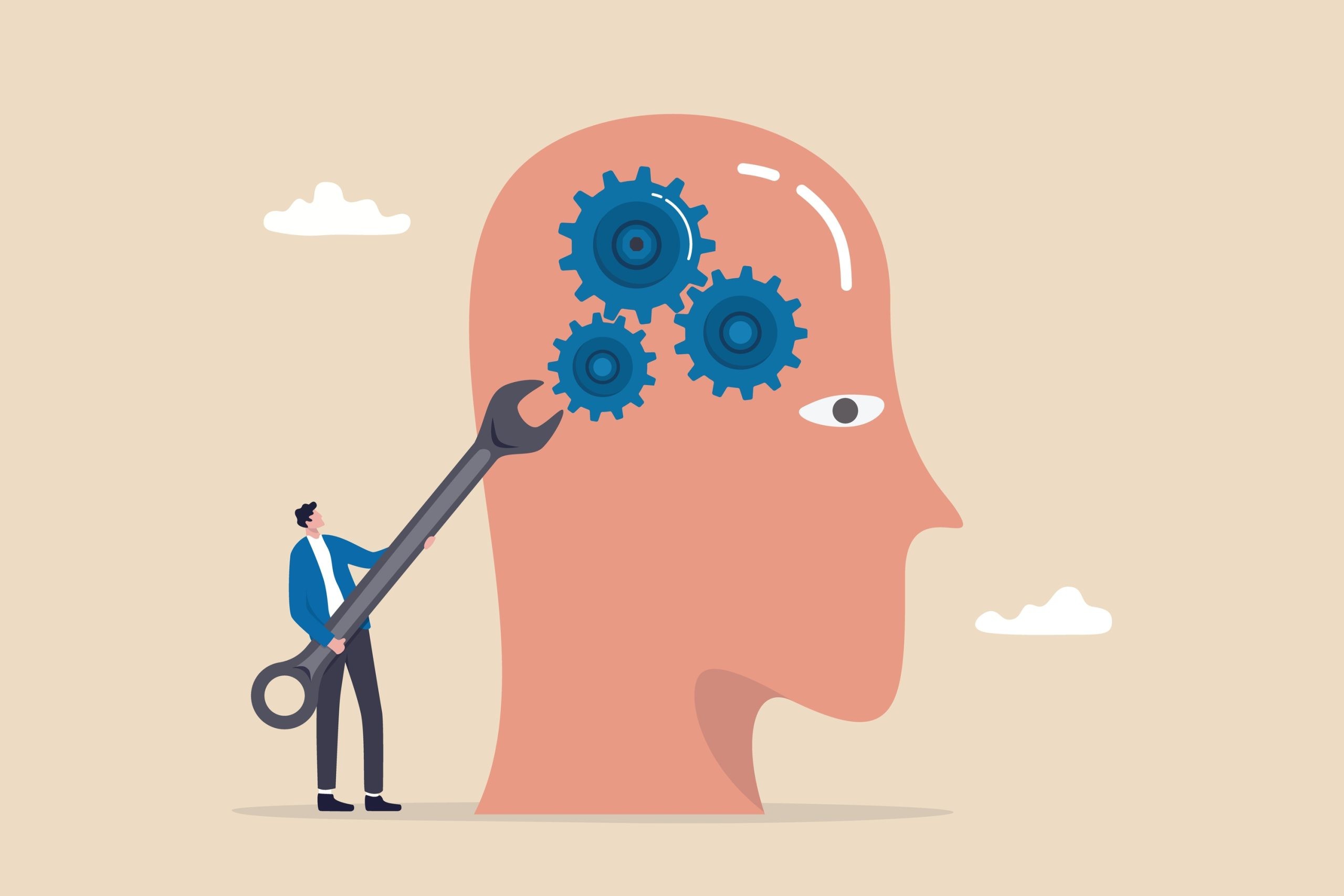
About mice, people, medicine, successes, and failures. The use of mouse models to try new drugs designed for humans is widespread in the scientific community. As a result, many studies and experiments that are successful in the treatment of mice are widely publicized and are of great interest. At the same time, and despite the similarity between the human brain and the brain of mice, eventually, many drugs that succeeded in experimenting with these small rodents failed to treat humans.
A new study published in Nature magazine report that the widespread use of laboratory mice is due to the similarities of the brain structure neurons in mice and humans. However, the researchers claim that the genes that activate brain cells in mice are not the same as those in the human brain. Therefore, brain disease drugs that succeed in experiments on a mice model often fail to treat humans. As part of the study, researchers analyzed thousands of cells in the human brains of deceased people and, also, the brain tissue of epilepsy patients. The study results demonstrate that, although there is a great deal of similarity between these cells and mouse brain cells, there are significant differences in the level of genes that operate within those cells. For example, the researchers found that the effect of drugs on the level of brain serotonin, which affects appetite, mood, memory, and sleep, is very different between mice and humans. Thus, they conclude that to treat diseases associated with the human brain (such as multiple sclerosis, epilepsy, and ALS), researchers should focus on models that are entirely identical to those of humans.
For more information: https://www.nature.com/articles/s41586-019-1506-7
This content is provided for your general education and information only. It does not necessarily reflect Belong’s views and opinions. Belong does not endorse or support any specific product, service, or treatment.











